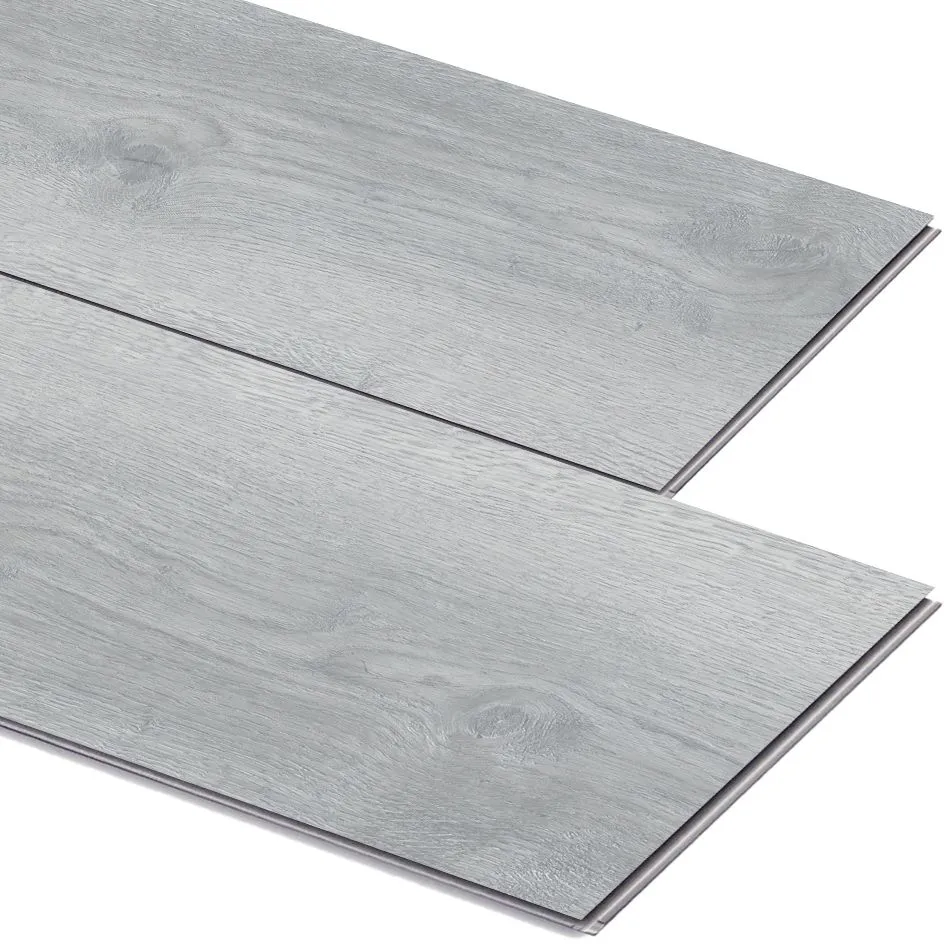Exploring the Timeless Charm and Elegance of Edwardian Skirting Boards in Interior Design
The Timeless Elegance of Edwardian Skirting Boards
The Edwardian era, spanning from 1901 to 1910, is often celebrated for its distinct architectural styles and interior design philosophies. One of the hallmark features of Edwardian aesthetics is the skirting board, a crucial element in the design of any room that harmonizes functionality with beauty. Skirting boards, or baseboards as they are sometimes called, play a vital role in the overall architectural composition, serving as the interface between walls and flooring while adding a decorative touch to interiors.
The Timeless Elegance of Edwardian Skirting Boards
One of the most popular materials for Edwardian skirting boards was softwood, often pine, due to its accessibility and workability. However, more affluent homes showcased skirting made from hardwoods like oak or mahogany, providing greater durability and a richer aesthetic. The choice of material not only affected the longevity of the skirting boards but also lent a certain grandeur to the interior spaces they adorned. Many homeowners would opt to paint their skirting boards in muted tones, complementing the grays, greens, and creams that were fashionable during this period.
edwardian skirting board

Installation of Edwardian skirting boards required careful attention to detail, both in terms of their fit and finish. The precision of the cut and the quality of craftsmanship were paramount; poorly installed skirting could detract from the overall harmony of a room. The natural inclination was towards a seamless integration with the walls, wherein the skirting would be either flush with the wall paint or in a contrasting color that accentuated its shape. This attention to detail is part of what makes Edwardian homes so appealing even today.
Beyond their aesthetic purposes, Edwardian skirting boards served practical functions as well. They helped to protect the lower walls from scuffs and damage caused by furniture or foot traffic, particularly in high-traffic areas like hallways and entries. Moreover, in periods before central heating, skirting boards were often used to conceal heating pipes and wiring, maintaining an uncluttered appearance in the home.
As the decades progressed, tastes and styles evolved, and the popularity of Edwardian skirting boards waned. However, in recent years, there has been a notable revival of interest in Edwardian design aesthetics. Homeowners and designers alike have begun to appreciate the craftsmanship and timeless beauty of these skirting boards. Many modern interiors adopt a blend of contemporary and traditional styles, effectively incorporating Edwardian skirting to evoke a sense of history and elegance.
In conclusion, Edwardian skirting boards encapsulate a distinctive blend of function and form, reflecting the stylistic values of an era defined by elegance and restraint. As we reconnect with this historical design element, we find that Edwardian skirting boards not only serve to delineate spaces but also to invite a touch of timeless charm into modern interiors. Whether one is restoring a period home or simply seeking inspiration for contemporary decor, the allure of Edwardian skirting boards remains an enduring testament to the beauty of thoughtful, well-crafted design.
-
Waterproof Advantages of SPC Flooring Vinyl in KitchensAug.06,2025
-
SPC Hybrid Waterproof Flooring Thickness GuideAug.06,2025
-
Leveling Subfloor Before My Floor SPC InstallAug.06,2025
-
How Mesh Deck Skirting Improves Outdoor Pest ControlAug.06,2025
-
Choosing the Right Commercial Flooring for Your Business NeedsAug.06,2025
-
Choosing the Best Residential Flooring: A Comprehensive Guide to Style, Durability, and ComfortAug.06,2025




